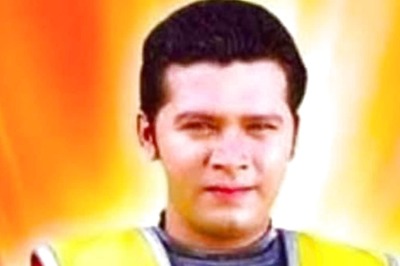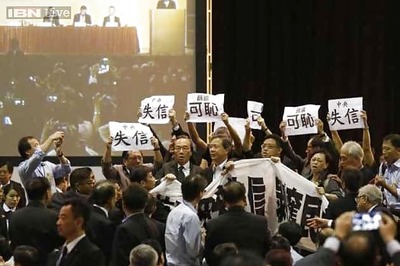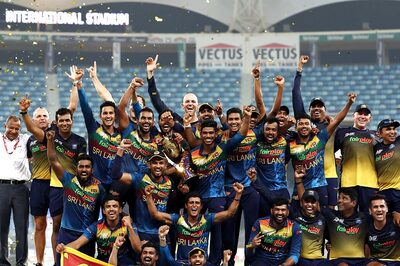
views
Bangalore: India is setting up a national cyber security architecture to protect critical information infrastructure and other networks, National Security Advisor (NSA) Shivshankar Menon said on Monday.
"The National Security Council has approved the architecture in principle and we are working out the implementation details with the ministries and agencies concerned, which we hope to take to cabinet for approval soon," said Menon, delivering the eighth Raja Ramanna Memorial Lecture at the state-run National Institute of Advanced Studies (NIAS) in Bangalore.
The proposed architecture will involve monitoring, certification and assurance of networks by designated agencies and bodies in accordance with the law. It will also involve capacity and authority for operations in cyber space.
"The goal is to prevent sabotage, espionage and other forms of cyber attacks, which could hurt us. A national cyber security coordinator in the National Security Council secretariat will bring this work together," Menon said.
In this context, Menon said the ministry of communications and information technology is in the process of setting a dedicated silicon wafer fabrication (fab) facility to produce advanced version of chips for use in high-tech, sensitive and vital installations such satellites, nuclear power stations, defence establishments involved in the production of weapons, missiles and electronic warfare.
"The fab facility will produce semiconductor chips used in the making of national assets spanning diverse areas such as space, nuclear, military, information networks, security networks and data centres," he said.
The architecture will also protect critical information infrastructure and public networks with security status and ability to respond to events and threats.
"We are fortunate in having the people with skills, hard and software tools and knowledge to take up the ambitious project," Menon added.
Ramanna was a distinguished nuclear scientist and is considered as father of the Indian nuclear programme of over four decades and architect of the country's first nuclear test in May 1974. He passed away in 2004.



















Comments
0 comment